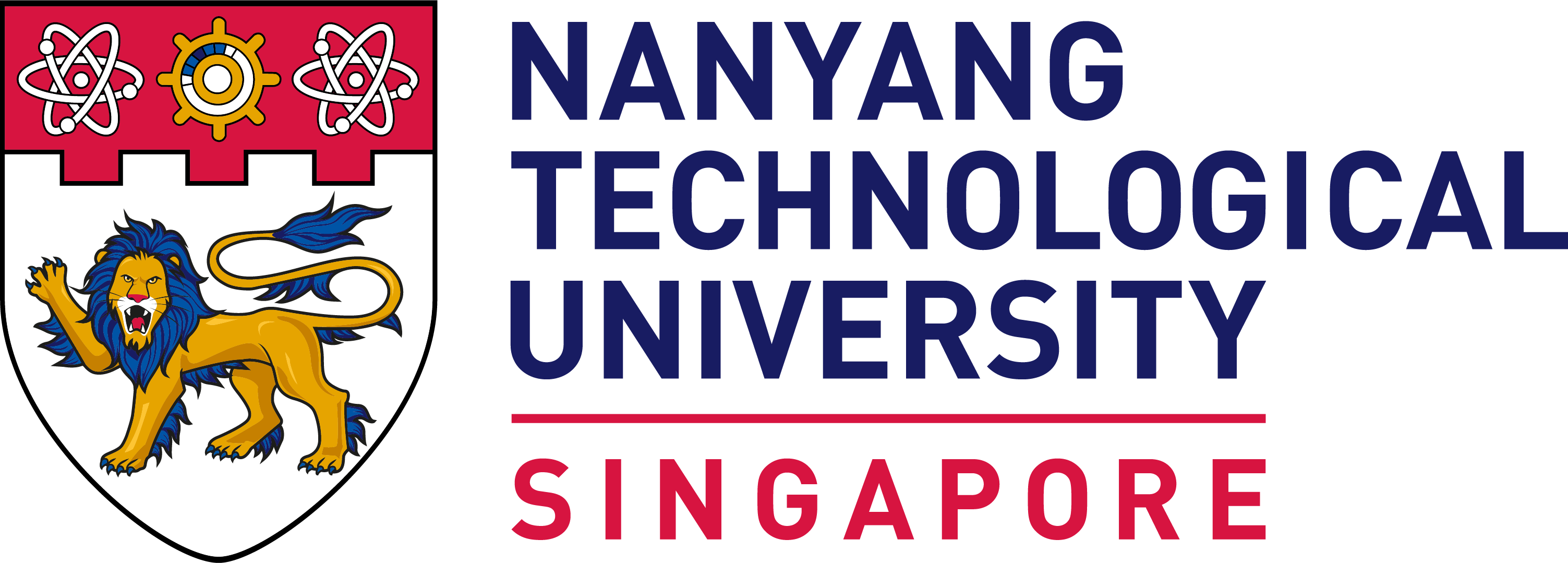Why Employee Mindset, Not Management Style, Fuels Innovation
Why It Matters
Companies often invest heavily in leadership training and workplace culture to boost innovation — but new research suggests that an employee’s personal drive to learn may matter more.
Key Takeaways
- Employees with a learning goal orientation are more likely to generate, promote, and implement innovative ideas.
- Leadership effectiveness and psychological safety, while often valued, had no significant effect when tested alongside personal motivation.
- Focusing on developing a learning mindset could be a more effective way to foster innovation at work.
What Drives Innovation in the Workplace?
Innovation doesn’t just come from strategy meetings or top-down directives. It begins with employees who take initiative — who think up new ideas, rally support, and turn those ideas into reality. Understanding what drives these behaviours is crucial for any organisation aiming to stay competitive.
While past research has proposed a long list of possible influences — from workplace culture to leadership styles — the question of which factors truly matter most has remained unclear. This study set out to find some answers by comparing three key influences: employees’ personal goal orientation, perceptions of their manager’s leadership effectiveness, and the level of psychological safety they experience at work.
One Factor Stands Out: Learning Goal Orientation
The standout finding? Employees with a learning goal orientation — those who seek to improve their skills and master new tasks — were significantly more likely to engage in all three stages of innovation: idea generation, promotion, and implementation.
Interestingly, other types of goal orientation didn’t have the same effect. Employees driven by a desire to prove themselves (performance-approach) or avoid failure (performance-avoidance) didn’t show the same level of innovative behaviour. In fact, those focused on avoiding failure were least likely to see ideas through to execution.
This suggests that people who embrace learning, even when it involves risk or uncertainty, are the ones most likely to push boundaries and try something new. For them, innovation isn’t just part of the job — it’s a personal challenge to grow.
Leadership and Culture Matter Less Than Expected
The study also tested two popular levers of employee behaviour: effective leadership and psychological safety. Surprisingly, neither showed a statistically significant influence on innovative behaviour when learning orientation was taken into account.
Even employees who viewed their managers as strong leaders didn’t necessarily generate more ideas or follow through on them. Similarly, feeling safe to take interpersonal risks — a key aspect of psychological safety — didn’t appear to motivate innovative actions on its own.
This challenges the common assumption that supportive environments or inspiring leaders are the main catalysts for innovation. While these factors may still play a role in broader organisational health, they seem to take a backseat to employees’ internal motivation when it comes to sparking new ideas.
Business Implications
If innovation starts with mindset, then traditional approaches to nurturing creativity in the workplace may need a rethink.
Rather than focusing solely on team dynamics or leadership development, organisations might get better results by helping individuals develop a learning goal orientation. This could involve reshaping training to focus less on performance targets and more on personal growth, curiosity, and mastery.
Practical steps could include encouraging self-reflection, offering stretch assignments, or promoting continuous learning as a shared value — all of which can help reframe challenges as opportunities to develop.
The findings also suggest that hiring and promotion processes could benefit from assessing candidates’ willingness to learn, not just their track record or cultural fit. In short: if you want a more innovative workforce, look for learners, not just performers.
Authors & Sources
Authors: Ryan K. Gottfredson (California State University), Tanja R. Darden (Towson University), Kumaran Rajaram (Nanyang Technological University)
Original Article: Journal of General Management
---
For more research, click here to return to Knowledge Lab.







